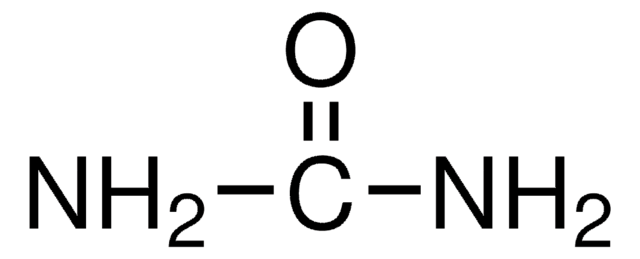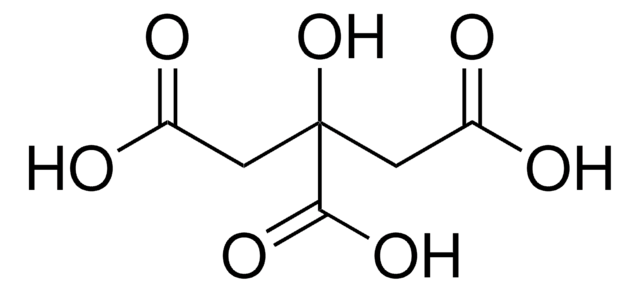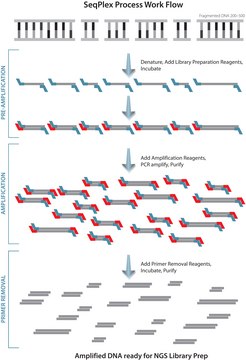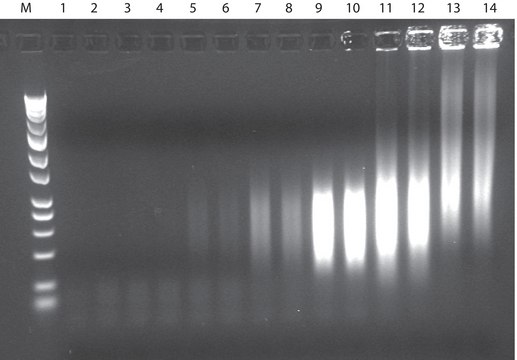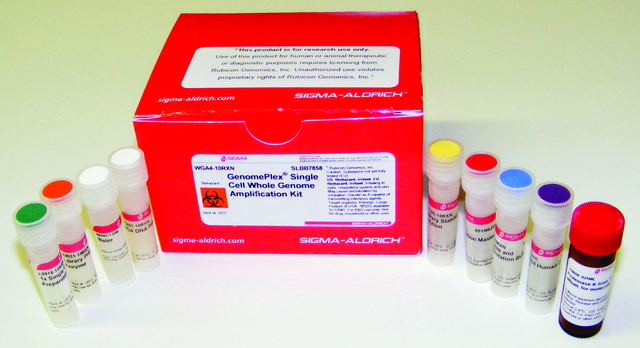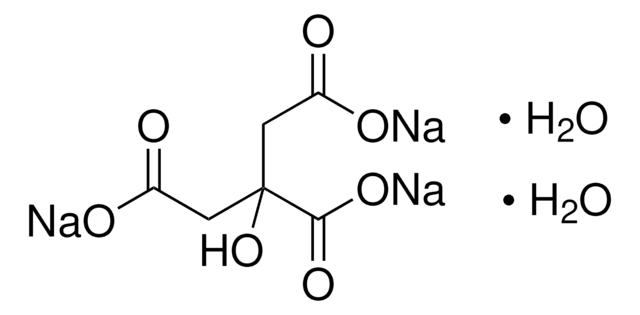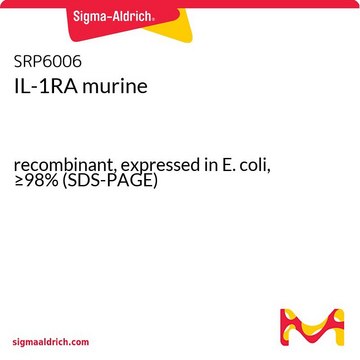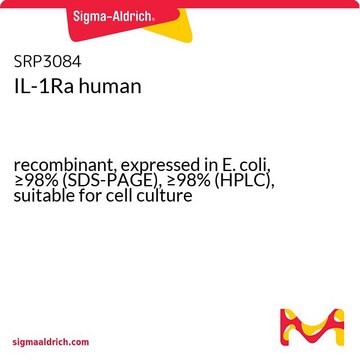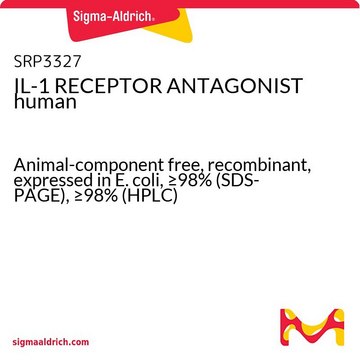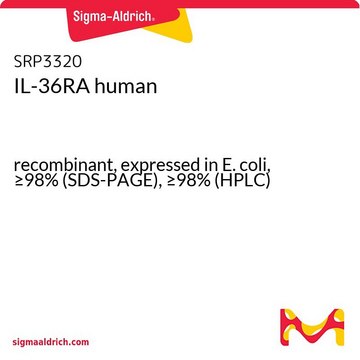U1250
Urea
ReagentPlus®, ≥99.5%, pellets
Synonym(s):
Carbamide, Carbonyldiamide
Select a Size
Select a Size
About This Item
Recommended Products
Quality Level
product line
ReagentPlus®
Assay
≥99.5%
form
pellets
mp
132-135 °C (lit.)
solubility
H2O: 8 M
density
1.335 g/mL at 25 °C (lit.)
functional group
amine
SMILES string
NC(N)=O
InChI
1S/CH4N2O/c2-1(3)4/h(H4,2,3,4)
Looking for similar products? Visit Product Comparison Guide
Related Categories
1 of 4
This Item | SRP3084 | SRP3327 | SRP3320 |
|---|---|---|---|
| assay ≥98% (SDS-PAGE) | assay ≥98% (HPLC), ≥98% (SDS-PAGE) | assay ≥98% (HPLC), ≥98% (SDS-PAGE) | assay ≥98% (HPLC), ≥98% (SDS-PAGE) |
| recombinant expressed in E. coli | recombinant expressed in E. coli | recombinant expressed in E. coli | recombinant expressed in E. coli |
| biological source mouse | biological source human | biological source human | biological source human |
| mol wt 17.4 kDa | mol wt 17.2 kDa | mol wt 17.2 kDa | mol wt 17.0 kDa |
| form lyophilized | form lyophilized | form lyophilized | form lyophilized |
General description
Application
Legal Information
Storage Class Code
11 - Combustible Solids
WGK
WGK 1
Flash Point(F)
Not applicable
Flash Point(C)
Not applicable
Personal Protective Equipment
Choose from one of the most recent versions:
Certificates of Analysis (COA)
Don't see the Right Version?
If you require a particular version, you can look up a specific certificate by the Lot or Batch number.
Already Own This Product?
Find documentation for the products that you have recently purchased in the Document Library.
Protocols
Proteinase K activity measured via spectrophotometry using hemoglobin substrate, crucial for enzyme characterization.
Our team of scientists has experience in all areas of research including Life Science, Material Science, Chemical Synthesis, Chromatography, Analytical and many others.
Contact Technical Service